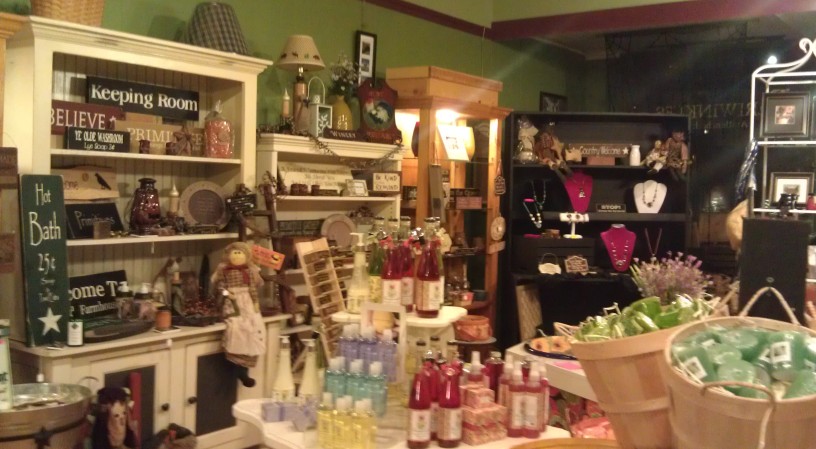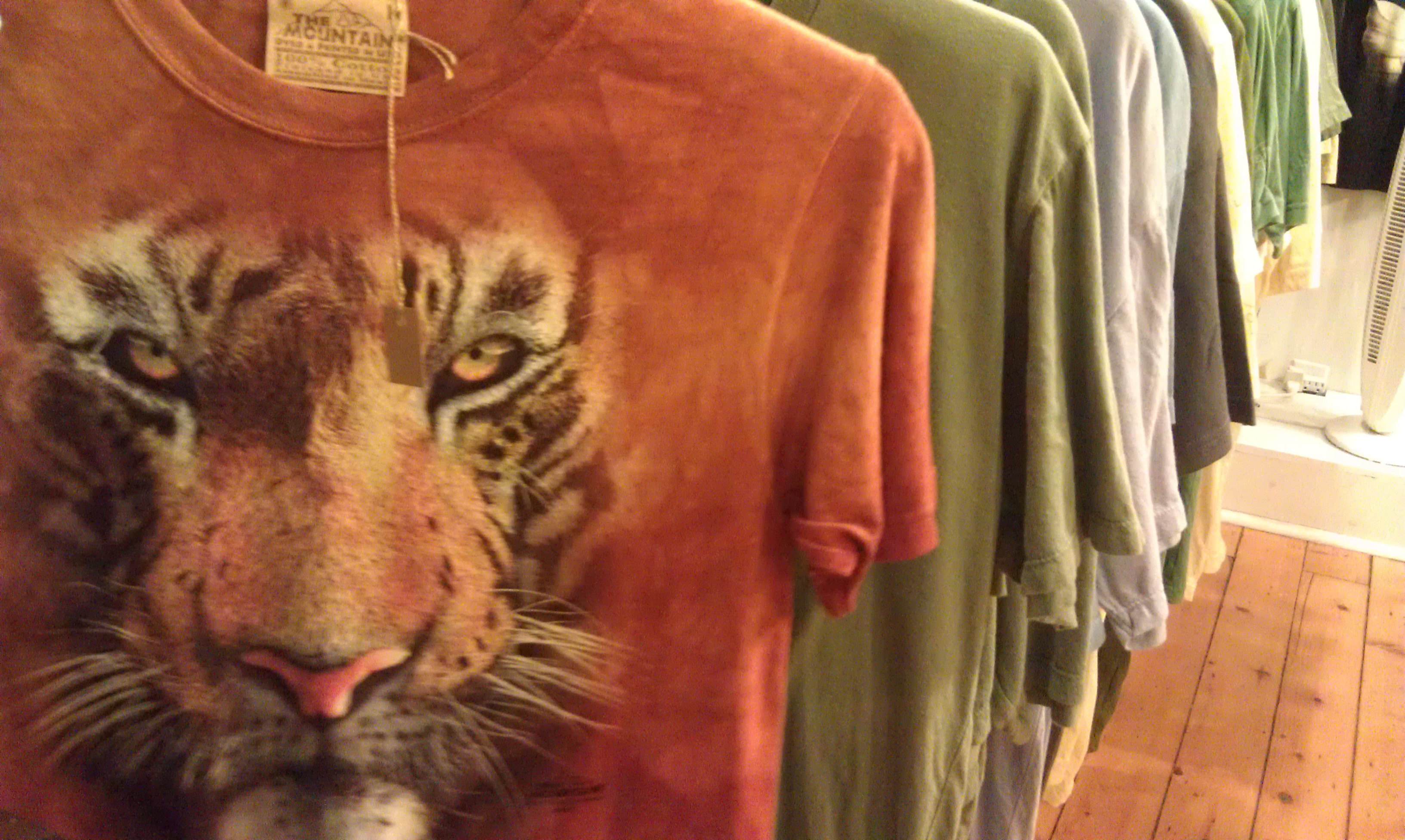|
|
(845) 876-4014 |
|
|
24 East Market Street, Rhinebeck NY 12572 |
All About Our Products
Soap
The earliest soap that we know about was used by the Babylonians in 2800 B.C., give or take a year. They etched their recipe — a mix of cassia oil, wood ash, and water — onto a clay tablet for posterity, and depictions of Babylonians bathing suggest they didn’t just use it for laundry.
Soap is what you get when you mix a fatty acid (a vegetable oil or animal fat) and an alkali (sodium hydroxide, otherwise known as lye). Almost all mass-produced soaps are made by boiling the ingredients, which results in a bar of detergent to which preservatives, artificial fragrances, dyes, and emollients are added. These chemically laden “body bars” can be harsh on your skin, no matter what gentle-sounding claims the manufacturers make. The process also strips out glycerin — often used in the moisturizers you need to buy because the soap has dried out your skin.
On the other hand, in the more laborious, cold-process method, soap ingredients are stirred together at low or ambient temperatures until they begin to solidify, and the soap remains full of moisturizing glycerin. In the Valley, a number of artisans have started turning out handmade, hand-cut (and often prettily wrapped) soaps using all-natural ingredients, with essential oils, herbs, and spices for color and scent. Try one of these sudsy, moisturizing, sweet-smelling bars, and you and your skin will be hooked.
One caveat: Handmade soaps melt if you leave them in water. Let them air dry after each use, and they last a long time.


Copyright 2023


